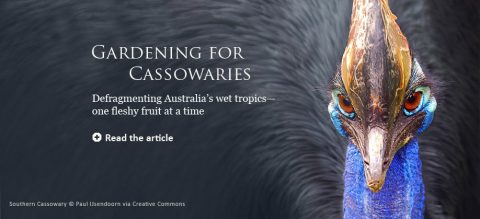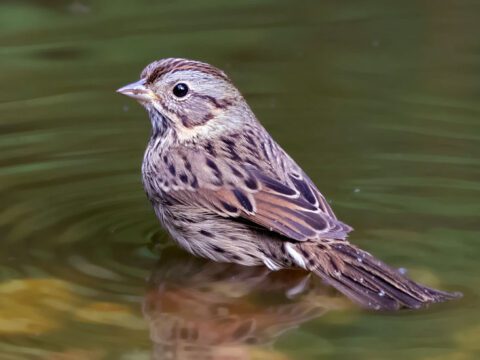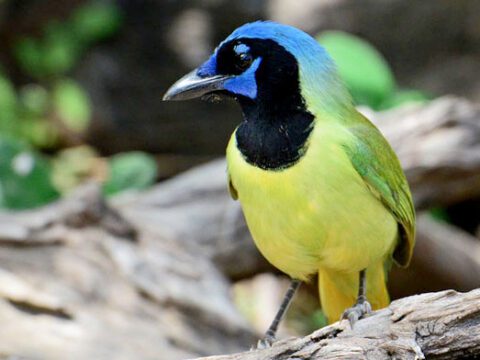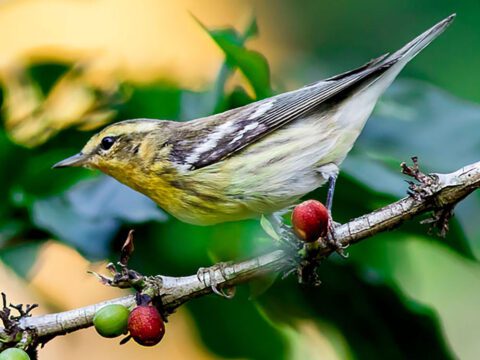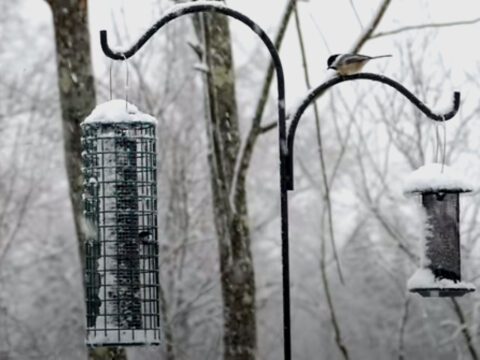The View From Sapsucker Woods: Gunnison Sage-Grouse and Conservation
By John W. Fitzpatrick
April 15, 2013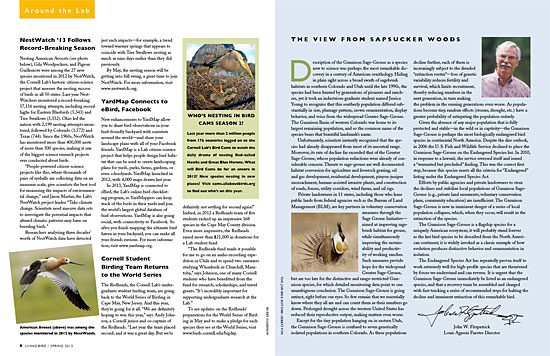
Description of the Gunnison Sage-Grouse as a species new to science was perhaps the most remarkable discovery in a century of American ornithology. Hiding in plain sight across a broad swath of sagebrush habitats in southern Colorado and Utah until the late 1990s, the species had been hunted by generations of pioneers and ranchers, yet it took an industrious graduate student named Jessica Young to recognize that this southerly population differed substantially in size, plumage pattern, crown ornamentation, display behavior, and voice from the widespread Greater Sage-Grouse. The Gunnison Basin of western Colorado was home to its largest remaining population, and so the common name of the species bears that beautiful landmark’s name.
Unfortunately, scientists instantly recognized that the species had already disappeared from most of its ancestral range. Moreover, its rate of decline far exceeded that of the Greater Sage-Grouse, whose population reductions were already of considerable concern. Threats to sage-grouse are well documented: habitat conversion for agriculture and livestock grazing, oil and gas development, residential development, pinyon-juniper encroachment, human-assisted invasive plants, and construction of roads, fences, utility corridors, wind farms, and oil rigs.
Private landowners in 11 states, including those who lease public lands from federal agencies such as the Bureau of Land Management (BLM), are key partners in voluntary conservation measures through the Sage Grouse Initiative— aimed at improving sagebrush habitat for grouse, while simultaneously improving the sustainability and productivity of working ranches. Such measures provide hope for the widespread Greater Sage-Grouse, but are too late for the distinctive and range-restricted Gunnison species, for which detailed monitoring data point to one unambiguous conclusion. The Gunnison Sage-Grouse is going extinct, right before our eyes. So few remain that we essentially know where they all are and can count them as their numbers go down. Prolonged drought across the western United States has reduced their reproductive output, making matters even worse.
Except for the tiny population hanging on in eastern Utah, the Gunnison Sage-Grouse is confined to seven genetically isolated populations in southern Colorado. As these populations decline further, each of them is increasingly subject to the dreaded “extinction vortex”—loss of genetic variability reduces fertility and survival, which limits recruitment, thereby reducing numbers in the next generation, in turn making the problem in the ensuing generations even worse. As populations become tiny, random effects (storms, drought, etc.) have a greater probability of extirpating the population entirely.
Given the absence of any major population that is fully protected and stable—in the wild or in captivity—the Gunnison Sage-Grouse is perhaps the most biologically endangered bird species in continental North America. Despite the dire outlook, in 2006 the U. S. Fish and Wildlife Service declined to place the Gunnison Sage-Grouse on the Endangered Species list. In 2010, in response to a lawsuit, the service reversed itself and issued a “warranted but precluded” finding. This was the correct first step, because this species meets all the criteria for “Endangered” listing under the Endangered Species Act.
Efforts by public agencies and private landowners to stem the declines and stabilize local populations of Gunnison Sage-Grouse (e.g., private land easements, voluntary conservation plans, community education) are insufficient. The Gunnison Sage-Grouse is now in imminent danger of a series of local population collapses, which, when they occur, will result in the extinction of the species.
The Gunnison Sage-Grouse is a flagship species for a uniquely American ecosystem; it will probably stand forever as the last bird species to be described from the North American continent; it is widely invoked as a classic example of how evolution produces distinctive behavior and ornamentation in isolation.
The Endangered Species Act has repeatedly proven itself to work extremely well for high-profile species that are threatened by forces we understand and can reverse. It is urgent that the Gunnison Sage-Grouse immediately be listed as an endangered species, and that a recovery team be assembled and charged with fast-tracking a series of recommended steps for halting the decline and imminent extinction of this remarkable bird.
John W. Fitzpatrick
Louis Agassiz Fuertes Director

All About Birds
is a free resource
Available for everyone,
funded by donors like you
American Kestrel by Blair Dudeck / Macaulay Library
